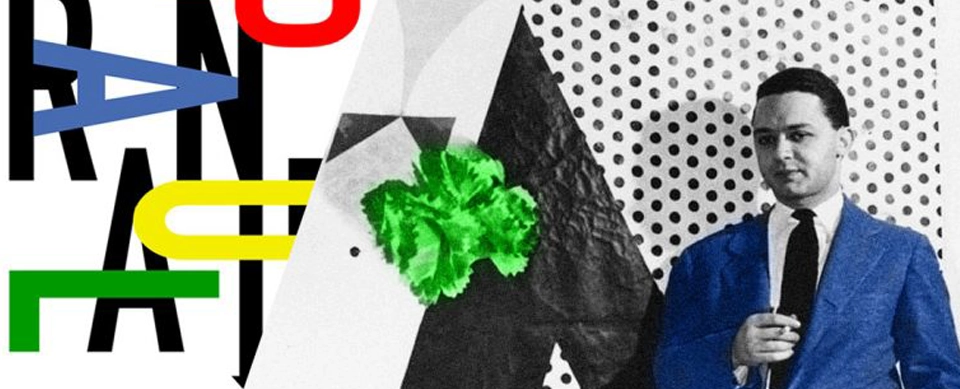
Why Thinking Still Matters in the Age of AI
June 18, 2025A practical guide for business owners, students, and anyone curious about the power of visual communication.
More Than Just Pretty Pictures
Graphic design is often misunderstood. It’s mistaken for decoration, reduced to logos, or used interchangeably with “making things look good.” But good design does more than please the eye, it drives decisions, builds brands, and clarifies messages.
Whether you’re launching a business, building a website, or planning your career, understanding the role of design will give you an edge. In this article, we’ll break it down: what design really is, why it matters, and how it works.
What Graphic Design Really Is
Graphic design is the craft of visual communication. It’s where creativity meets strategy, where form serves function.
Designers work with tools like typography, color, images, and space to shape how information is seen and understood. The goal? To make the complex clear, the ordinary memorable, and the message unmistakable.
Everyday design is everywhere, in posters, apps, packaging, websites, reports, business cards, and even social media feeds. It isn’t just art. It’s problem-solving, applied visually.
Common Misconceptions About Design
Let’s clear a few things up:
- “Graphic design is just about making things pretty.”
Not quite. Design isn’t decoration. It’s communication. A beautiful design that confuses people is bad design. A plain layout that delivers the message clearly? That’s good design. - “Design is only for big brands.”
Design scales. Whether you’re a global company or a freelancer, consistent and strategic design builds trust, and trust builds business. - “Designers just make logos.”
A logo is one part of a bigger visual system. Designers help build everything from social posts to entire brand experiences.
Why Design Matters for Your Business or Career
Great design does more than catch the eye. It builds credibility. It speeds up decision-making. It makes you memorable.
- For small business owners, clear design helps customers understand what you offer… fast.
- For students, understanding design thinking opens up creative and strategic career paths.
- For clients, partnering with a designer isn’t just about assets, it’s about outcomes. Better engagement. Better conversions. Better reputation.
In a crowded market, people don’t always choose what’s best, they choose what’s easiest to understand. That’s the power of design.
How Good Design Works
Good design starts with a problem.
Say you run a bakery and people keep walking past your shop. A designer might look at your signage, your color palette, your menu layout. They’ll ask: Are you visible? Are you speaking the right language visually? Does your logo say “modern patisserie” or “corner bakery”?
Design is about intention. It’s not just about how something looks… it’s about how it works, and how people feel when they interact with it.
Design Is an Investment
Whether you’re building a brand or refining your message, design is not a luxury. It’s a business asset. It shapes perception, builds trust, and creates emotional connection.
Design done well is invisible. But its results? Undeniable.
So the next time you see a clean website, a poster that makes you stop, or a brand you instantly recognize, remember: someone designed that. On purpose.
Want to Put This Into Practice?
If you’re a student, freelancer, or business owner, don’t just read about design — use it. Start small. Look at your Instagram. Your website. Your pitch deck. Are they clear? Are they consistent? Do they feel like you?
If not, it’s not about “bad design.” It’s about missed opportunities.
Start by asking:
- What’s the one message people should remember from this?
- Is the design helping that message or hiding it?
Good design is like good writing — invisible when it works, obvious when it doesn’t.
Want a Head Start?
I’ve put together a quick checklist and worksheet to help you:
- Define your brand message
- Audit your visual assets
- Start designing with clarity and confidence
Perfect if you’re not a designer — but still care about how your brand looks and feels.
Or if you’re stuck and need honest feedback, get in touch. No jargon. No fluff. Just straight-up advice that makes things clearer, and better.


